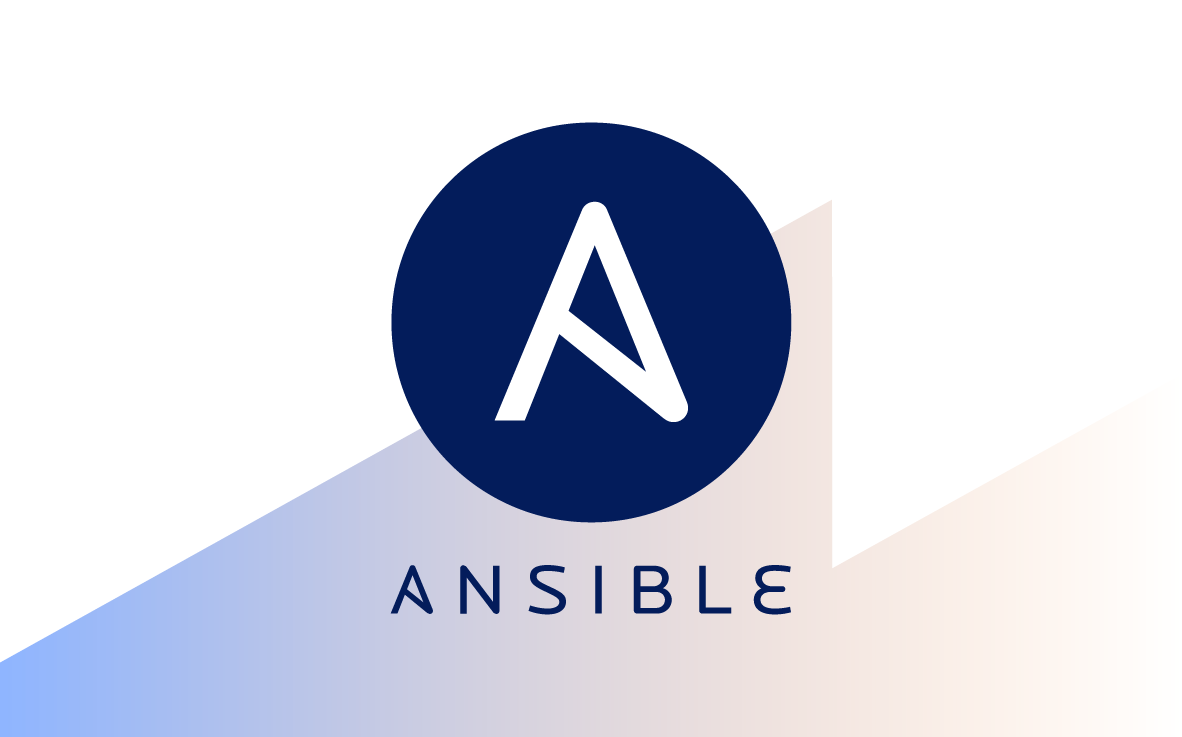Automating IT Operations with Ansible

LogicMonitor + Catchpoint: Enter the New Era of Autonomous IT

Proactively manage modern hybrid environments with predictive insights, intelligent automation, and full-stack observability.
Explore solutionsExplore our resource library for IT pros. Get expert guides, observability strategies, and real-world insights to power smarter, AI-driven operations.
Explore resources
Our observability platform proactively delivers the insights and automation CIOs need to accelerate innovation.
About LogicMonitor
Get the latest blogs, whitepapers, eGuides, and more straight into your inbox.
Your video will begin shortly
Think about all the IT tasks you carry out in your business. Now, imagine you could automate these jobs and shift your focus to more important assignments. Ansible could prove to be a solution to your IT challenges. It’s a software tool that streamlines IT operations, freeing up resources and labor in your organization. Learn more about Ansible and how it can help your company below.
Ansible is a software platform that automates many of the manual and repetitive IT tasks in your organization. Written in Python, Ansible can carry out jobs such as configuration management, updating systems, deploying applications, and installing software. Most operating systems support Ansible’s command line tools, including Windows, MacOS, and Ubuntu.
Ansible comes in two iterations. You can access the original open-source version or subscribe to Red Hat Ansible Automation Platform, which includes additional features, such as customer support, for a monthly fee. Red Hat doesn’t publish pricing on its website, so you’ll need to contact them for a personalized quote. This article will use “Ansible” to describe both versions of the technology.
Automation is critical for IT departments because it reduces or eliminates time-consuming and menial tasks that deplete your team’s resources. For example, manually updating systems with the latest security updates. That frees up your team to focus on more productive jobs, such as scaling your IT operations in the cloud or improving digital transformation.
Automating IT tasks can also save you money. By streamlining manual and low-value jobs, you can reduce labor requirements and reinvest these savings back into your business. Automation can also speed up ITOps by completing tasks in a faster timeframe than any human can.
Ansible makes IT automation easy with its range of features. Use this software to reduce human errors during IT processes, deploy applications more effectively, and increase productivity and performance.
Though it doesn’t require a lot of code, using Ansible demands a learning curve. Here are some of the various components of Ansible’s framework:
Ansible’s architecture includes a control node and a managed node. You execute Ansible from the former and automate devices from the latter. For example, you can run a playbook command from the command mode and automate Ubuntu from the managed node.
This architecture is agentless, meaning you don’t need to install proprietary agents on devices. That requires fewer coding responsibilities, making Ansible a relatively accessible technology for DevOps professionals regardless of their skill set. However, an experienced programmer will need to execute more complicated commands.
Red Hat describes an Ansible Playbook as a “blueprint of automation tasks” and automation tasks as “complex IT actions executed with limited or no human involvement.” Playbooks make up Ansible inventories and are executed on a group, classification, or set of hosts.
You can use Playbooks as templates for automating IT tasks. They contain prewritten code that helps your team program different servers, applications, and other device types without starting from scratch. You can reuse Playbooks as many times as you like to streamline your IT operations.
Ansible modules carry out tasks in your IT departments. These modules include security, communication, user management, cloud management, and networking.
You can expand the functionality of Ansible in various ways, for example, by adding custom plugins or modules that execute various IT tasks. Ansible lets you create these plugins and modules from scratch or reuse ones already created. You can share them with your team via a control node.
Here are some tips for using Ansible in your IT department:
Follow the instructions on Ansible’s website and download the software and its many components onto your operating system. This can be a complicated process that might involve installing .pip, locating Python, and upgrading an Ansible installation to the most recently released version.
Think about the IT jobs you want to streamline in your organization. For example, you might want to update systems automatically without human intervention. Once you have decided on which tasks to automate, see whether Ansible has a module that helps you achieve your goal.
Start by creating a simple playbook that automates a particular IT task. Then execute that playbook. Do this by running it against the host in your inventory. Both original Ansible and Red Hat Ansible Automation Platform have lots of online resources that help you create a playbook and start automating IT jobs.
Ansible is a software tool that streamlines IT operations. You can use it to upgrade systems, deploy systems, install software, and carry out other jobs you don’t have the time or resources for. While Ansible requires a steep learning curve, you will soon familiarize yourself with its workflows and start automating repetitive tasks in your IT department.
An exciting development in the market is the entrance of a new offering from Red Hat called Event-Driven Ansible.
As a Red Hat partner, we are working diligently on building a community source that will plug into Event-Driven Ansible to make it easier for our customers to start experimenting with it. To learn more about Event-Driven Ansible check out https://www.ansible.com/use-cases/event-driven-automation. If you would like to learn more about our future work with Event-Driven Ansible or are interested in participating in a beta with us before release, please contact your CSM. Our Ansible integration documentation will be updated with more information when the beta becomes available: https://logicmonitor.com/support/ansible-integration
Further reading: Ansible Terminology: Key terms for getting started
© LogicMonitor 2026 | All rights reserved. | All trademarks, trade names, service marks, and logos referenced herein belong to their respective companies.
